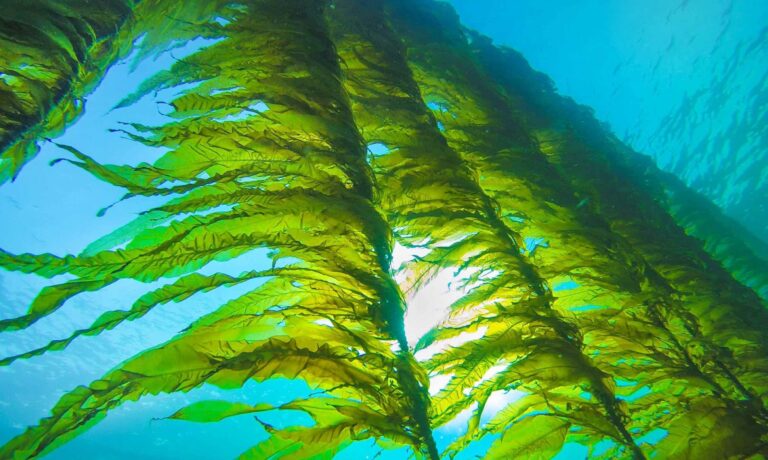Seaweed cultivation is becoming a major industry. Are we prepared?
Hartvig Christie and Kasper Hancke (NIVA). Published in Aftenposten
A sharp upscaling of the kelp industry is probably on the steps along the Norwegian coast. Then it is important to understand the rules of the ecosystem.

Some highlights, translated from the original article:
"Seaweed and kelp will probably be a much larger source for both human and animal diets, as well as raw materials in other industries."
"There are many indications that we can expect a sharp upscaling of the kelp industry. Then it is important to investigate how massive cultivation can affect the ecosystem in the sea."
"Seaweed is fast-growing and can be sown on ropes placed in the sea in autumn. Up to ten kilos of kelp per meters of rope can be harvested already during early summer."
"The rapid production of seaweed and kelp takes place without the use of either fertilizers or pesticides. All that is needed is natural nutrients, CO2 and solar energy. NIVA researcher Hartvig Christie has assessed both positive and negative environmental impacts of kelp cultivation."
"Natural kelp forests constitute important ecosystems and form the basis for a rich food network of small animals and fish."
"In 2018, kelp production in cultivation facilities in Norway was 178 tonnes. Already in 2050, production is estimated to be around 20 million tonnes."
The four year long Kelppro project has come to an end. It has provided insight to an array of important questions regarding the positive and negative impacts of seaweed cultivation on the coastal ecosystem, at different scales. Read about the project, news and scientific publications here: https://kelppro.net
It has been a pleasure to host this important research at our farm in Frøya.
See original article in full (Norwegian) here: Kelppro_Aftenposten
Link to video by NIVA taken at the SES farm during the research project, Kelppro: Video NIVA_SES